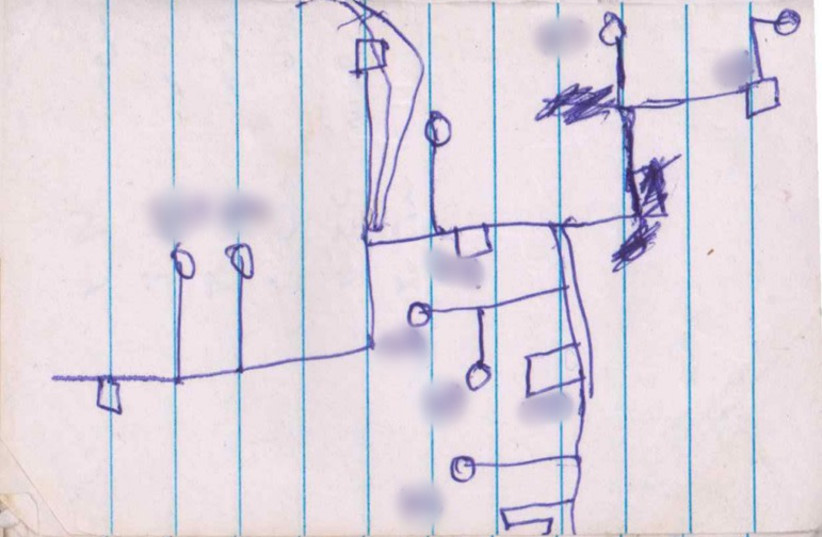Intelligence gathered from items seized by Israeli forces from Hamas has saved IDF soldiers in the field in real-time on multiple occasions.
This intel is collected at the IDF’s Document and Technical Means Collection Unit and is processed through inspection, cataloging, and, finally, translation into operational intelligence.
Since October 7, the office of around 350 people, mostly reservists, has sorted through more than 65 million electronic files and 500,000 physical documents. The rate of new incoming electronic files is reaching about one million per day.
For example, physical maps and electronic files disclosed to the IDF many of the locations of concealed Hamas tunnel shafts and spots for sharpshooters set up for ambushes.
In one instance, a map was seized from an aide to Wessam Farhat, Hamas’s Shejaia battalion commander. Intelligence Unit 9900 translated it into an operation to attack specific tunnel ambush points.
IDF engineers then coordinated the destruction of the tunnel.
Findings are helpful to soldiers in the field
In an audio file played for reporters on Thursday at the base, soldiers in the field could be heard thanking the Document and Technical Means Collection Unit for essentially saving their lives from what would have been an almost-certain ambush.
In another case, soldiers in the field seized and sent to the unit documents indicating where improvised explosives were hidden in one particular spot in Beit Hanun.
After the unit decoded and translated the documents, it sent information back to field units, which were able to neutralize the IEDs.
In 2018, the Document and Technical Means Collection Unit was shut down due to insufficient use since 2013. A small subunit did stay functional within another large branch of the Military Intelligence Directorate.
But very shortly after October 7, the massive number of reservists who showed up for duty helped reestablish the unit, bringing it swiftly to the personnel level it has now.
Most documents are analyzed by four experts: one in Arabic, one in mapping and Gaza landscape, one who understands the general fighting and tactical needs of the soldiers in the field, and one with expertise on how to submit the distilled information to officers in real-time.
In some cases, the officials leading the unit directly contacted officers in the field, leapfrogging the usual channels to save time and possibly lives.
There have been numerous cases in which the entire maneuvering strategy of a division or battalion was altered based on information from the unit.
Another item that was found by the unit was proof that Hamas had closely followed the protests taking place in Israel over the judicial overhaul legislation.
Some information from the unit can alter the general directives and strategy employed by the security cabinet, depending on how useful it is.
The unit was not surprised by the expansiveness and sheer volume of the tunnels being found, but it was surprised by their full scope. The unit has sometimes gathered information in real-time, helping ground troops locate tunnels more precisely – where prior intelligence only gave a general location.
In the base where the unit is located, the catalog and computer areas are significant, with substantial well-trained staff working simultaneously at both tasks.
These reservists have been at work for months, but they expressed readiness to continue their roles for an indefinite period, despite their need to return to their daily lives, their livelihoods, and their families.
